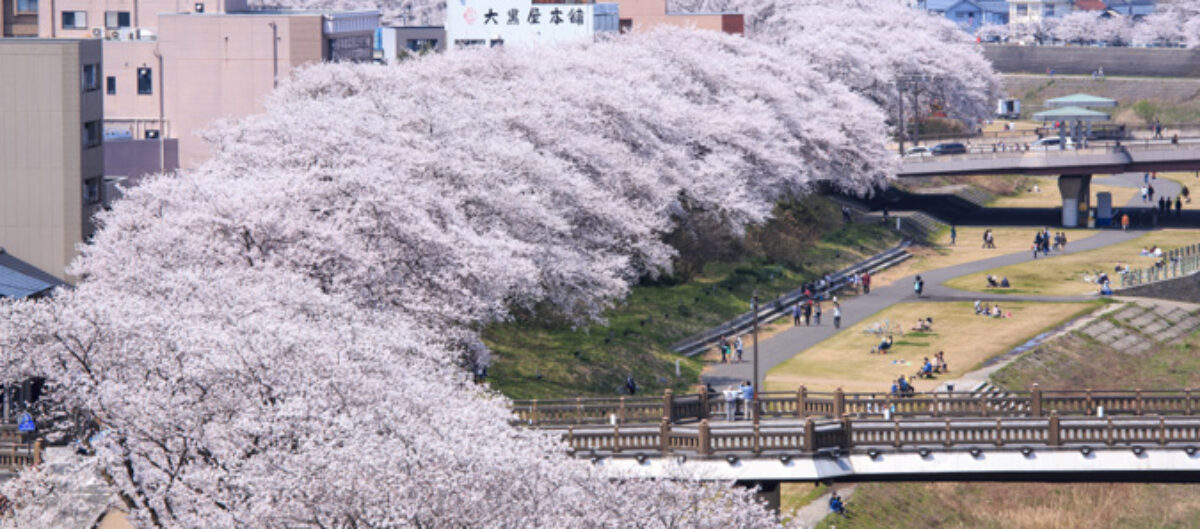
April/2/2021
Goma dofu (sesame tofu), a dish in shojin ryori, is a specialty of Fukui. Goma in goma dofu means sesame. Dofu means tofu, which is a well-known food made from soybeans.
What is shojin ryori ?
Shojin ryori is a type of Buddhist cuisine that contains mainly vegetables and grains. It doesn’t contain any meat or fish. Strict Buddhist monks have compassion for all living things, so they don’t eat meat or fish.









